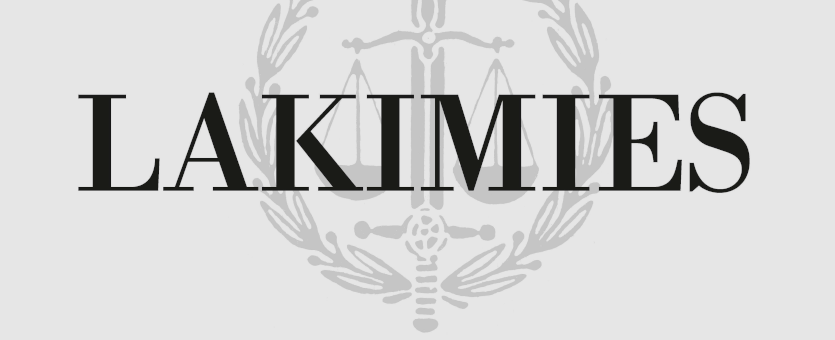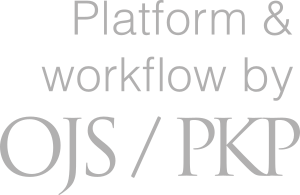Näkökulmia julkisten hankintojen tehokkuudesta
Avainsanat:
julkiset hankinnat, oikeustaloustiede, kustannustehokkuus, hallinnollinen taakka, hankintalaki, kilpailu, vihreät hankinnatAbstrakti
Perspectives on the effectiveness of public procurement
The main objective of public procurement is to procure in such a way that the result fulfils the expectations and the needs of contracting authorities while using public funds as efficiently as possible (best value for money). This does not usually mean buying the cheapest option, but rather optimising for quality and price. Public procurement works effectively when it is able to attract sufficient competition, benefit from market conditions, and obtain the best possible price and quality for the needs of the public sector.
The aim of the article is to examine, using the Kaldor–Hicks efficiency standard (welfare maximisation), the role of economic efficiency arguments in the design of public procurement rules. In addition to this cost-effectiveness analysis, the article draws attention to the objective of minimising administrative burden and public sector costs that has had an impact on public procurement rules over the years.
Economic tensions and cost-effectiveness in public procurement are examined by means of three examples: 1) The effectiveness of competition; 2) the effectiveness of the remedies system; and 3) the effectiveness of green public procurement. These examples illustrate the strong economic link between the public procurement system and regulation: Regulatory options are largely assessed in terms of their economic consequences.
As a conclusion it is submitted that economic efficiency arguments have played a significant role in the design of public procurement rules, but so far procurement regulation and practice have focused much on minimising the administrative costs of contracting authorities and sometimes also of economic operators participating to public contract awards, rather than maximising well-being and overall cost-effectiveness. Such focus on administrative costs looks for savings from “the wrong places” and is problematic from the perspective of efficient use of public funds.





